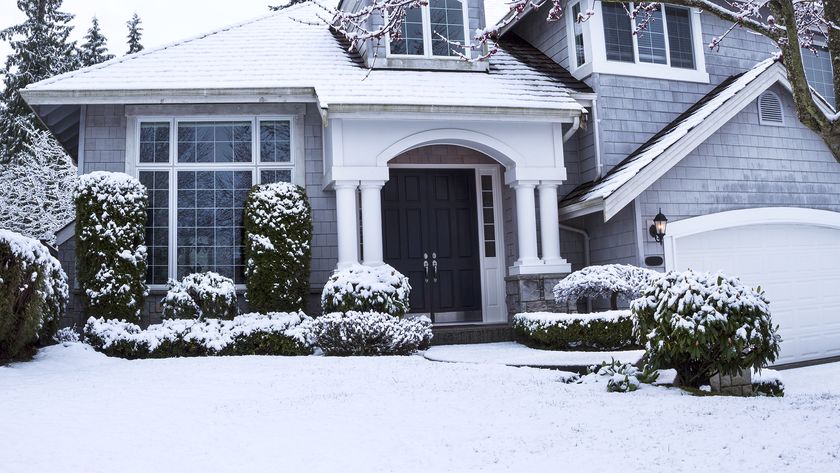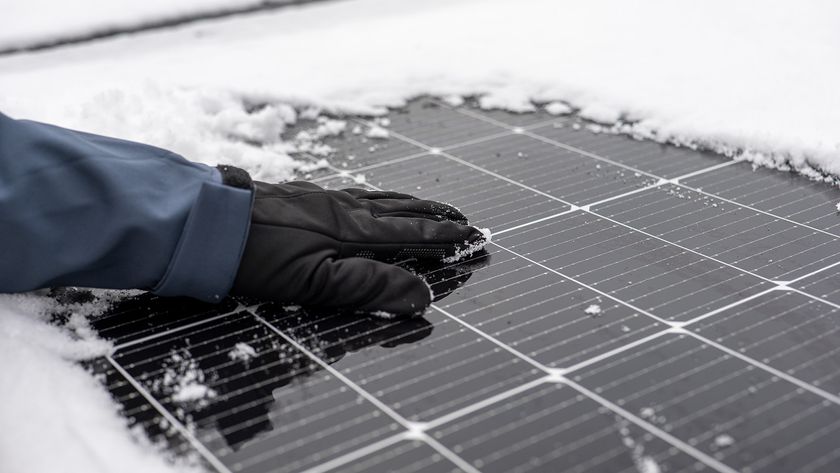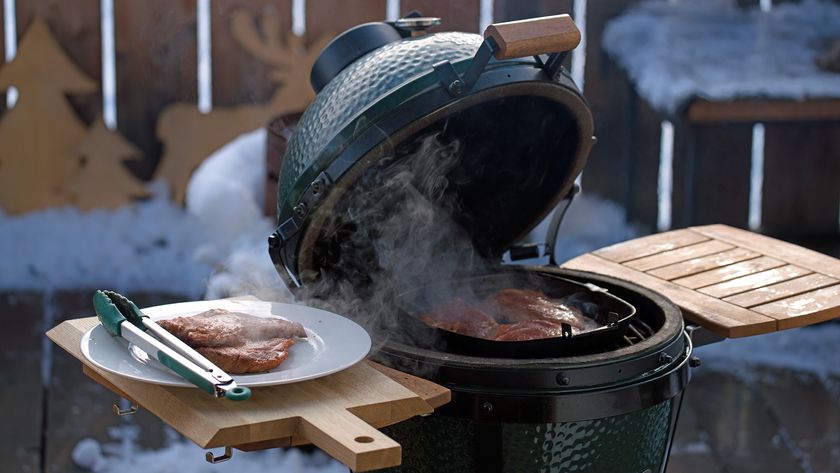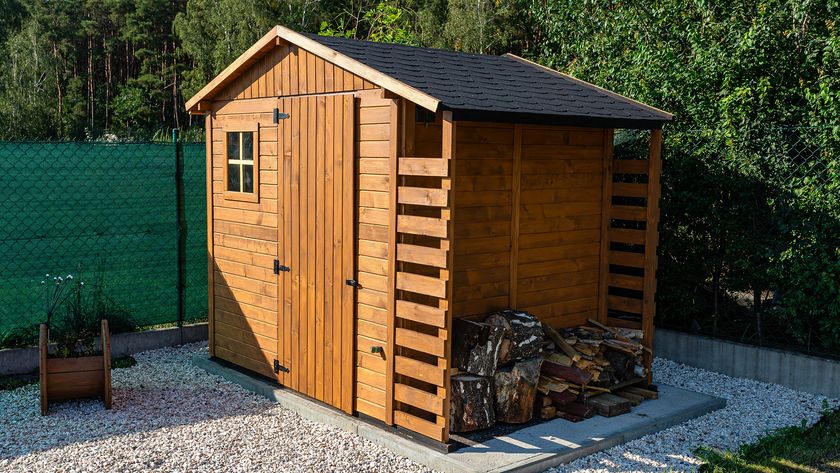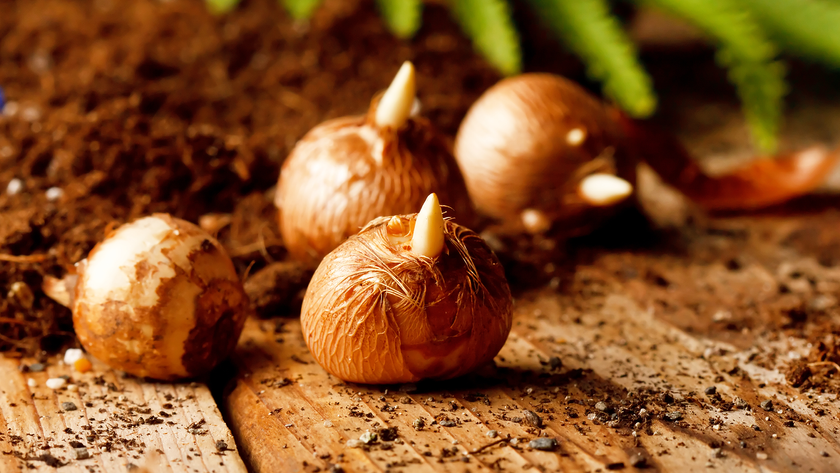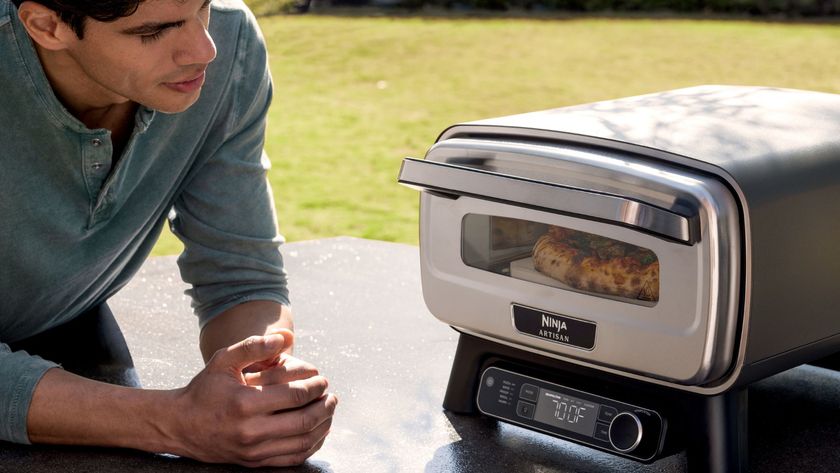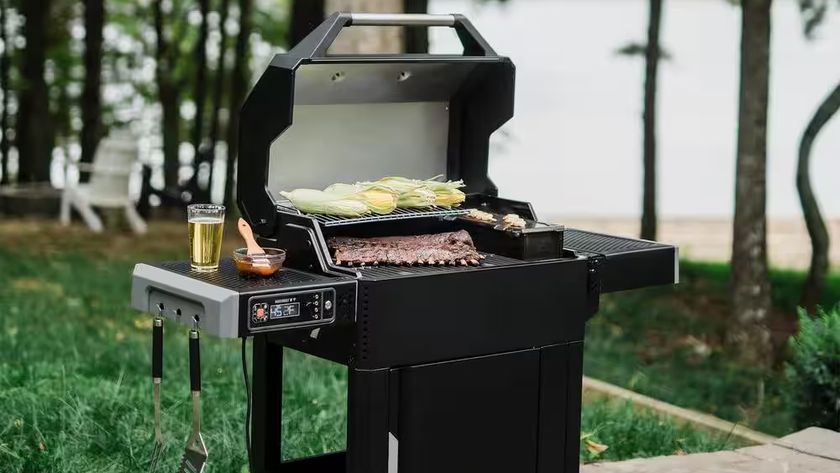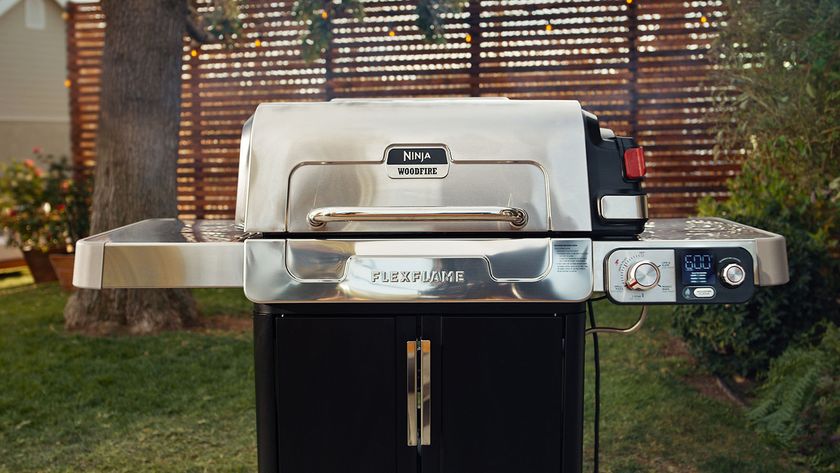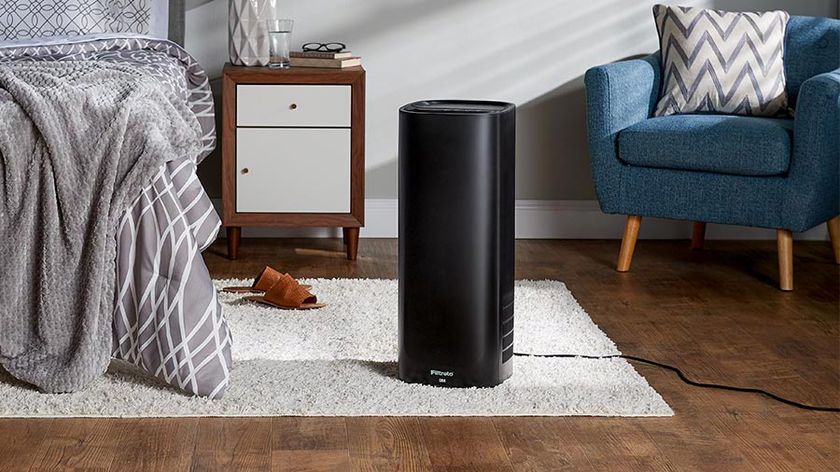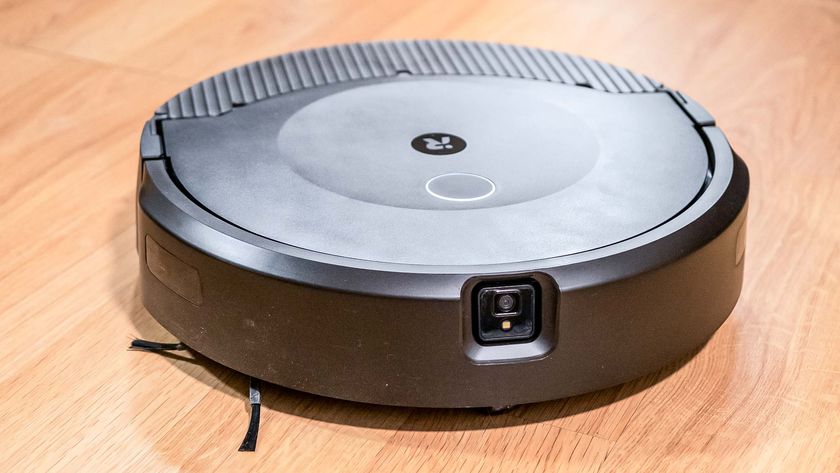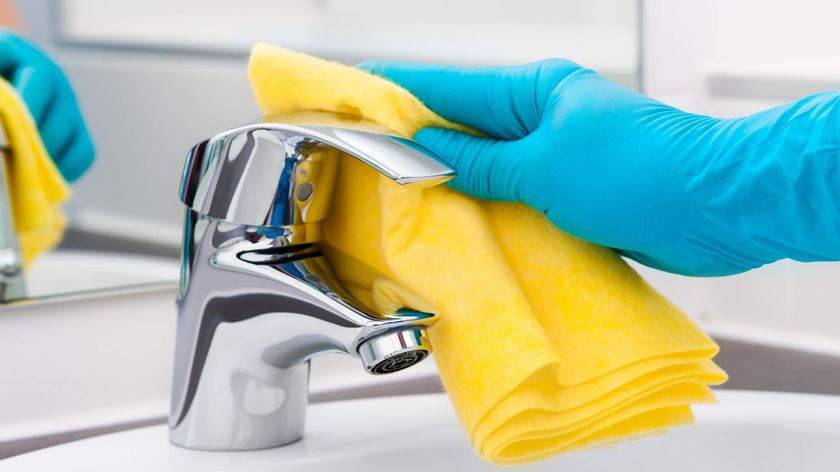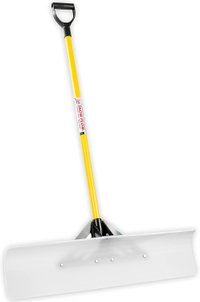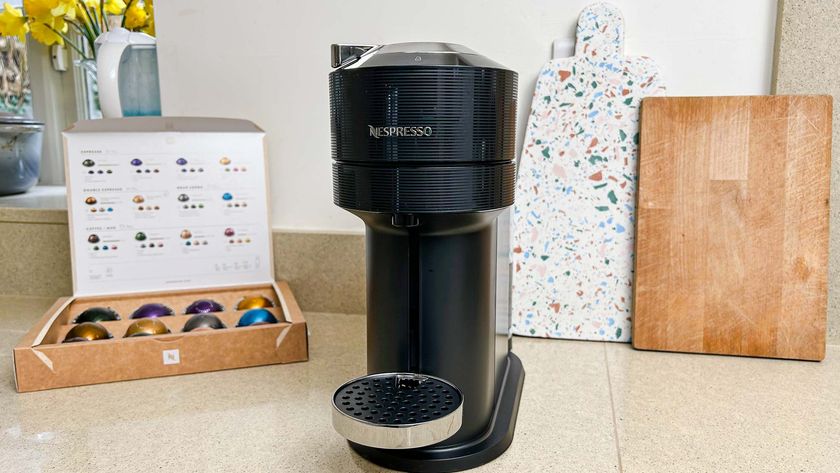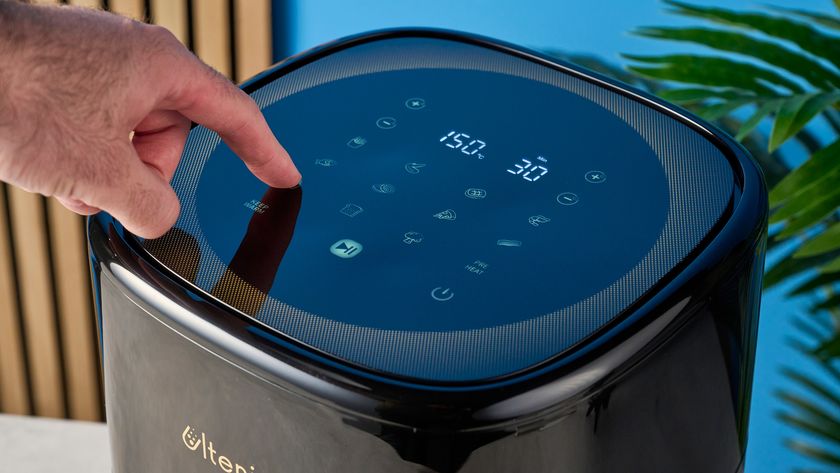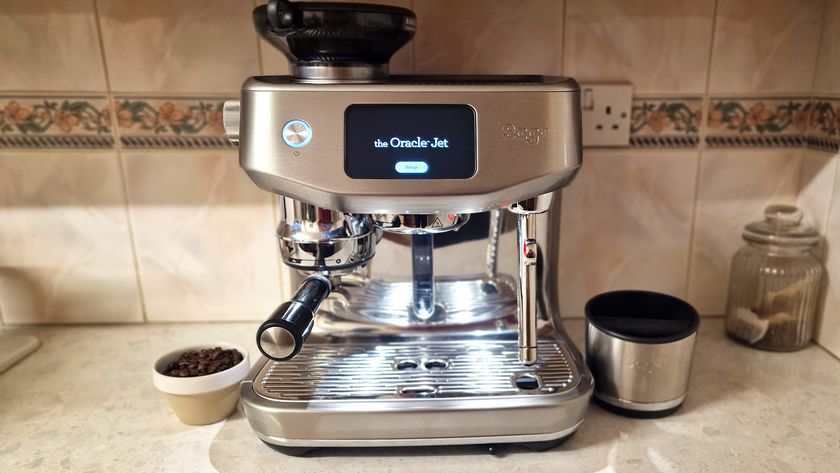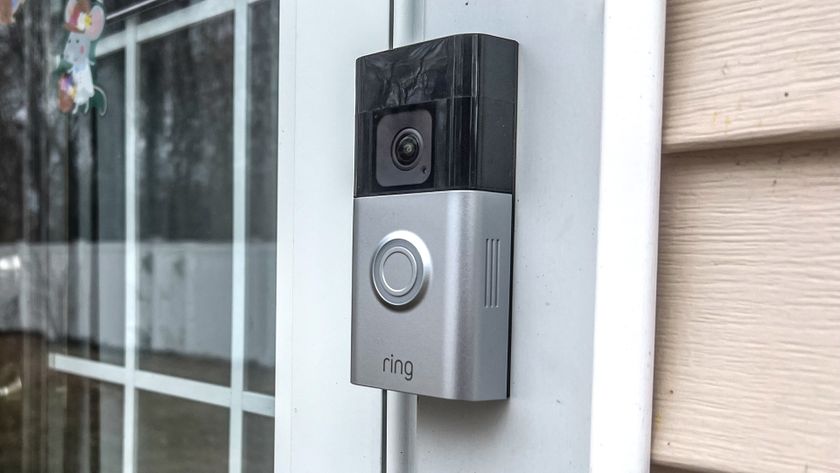9 clever tips to remove snow — without a snow blower
Here’s how to get rid of snow without a snow blower
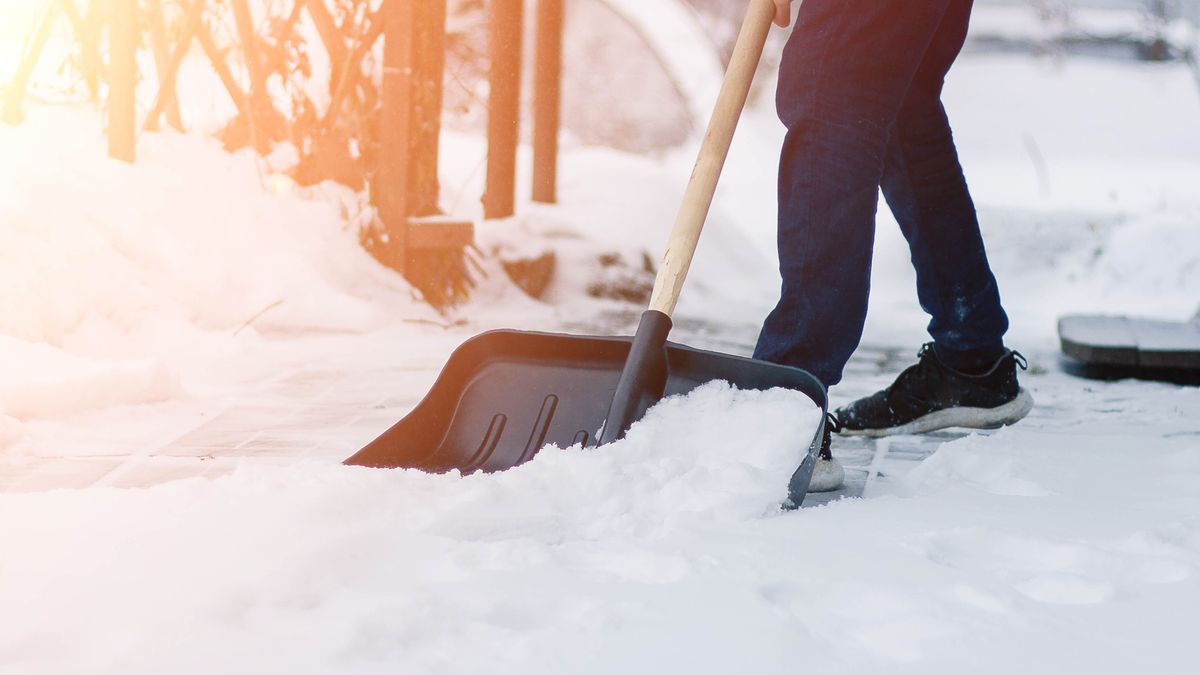
Winter is here and if you have heavy snow, you'll have the unfortunate task of dealing with snow after a snowstorm . However, if you don't have a snow blower to quickly clear your paths or driveway, don't despair!
Luckily, there are some clever tips and tricks to remove snow without using a snow blower. These will make the gruelling chore of shovelling snow easier and much quicker. What's more, these tips are all simple to do and cost-effective, saving you money.
So, if you want to deal with a blanket of snow fast, here are some clever hacks to remove snow without a snow blower.
1. Try cooking spray on your shovel

If you don’t want snow sticking to your shovel, one clever hack is to spray some cooking spray on it. This should make the ice slide off easily, without clumping up. Plus, it will help you plough through the snow quickly and more efficiently.
Before storing your shovel, just remember to give it a good dry with a clean cloth to avoid any messy puddles.
2. Invest in snow melting mats
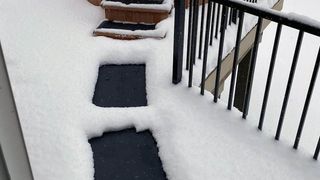
Another clever tip is using outdoor snow melting mats — which do exactly what their name suggests! These mats need electricity to heat up, so be sure to place them near a power supply.
In addition, these are easy to install — all you’ll need is one outdoor-safe, power unit that allows you to safely connect a configuration of stair and walkway mats up to 14 amps.
Sign up to get the BEST of Tom's Guide direct to your inbox.
Get instant access to breaking news, the hottest reviews, great deals and helpful tips.
Simply place these mats along your walkways, paths or decks, and plug them in once the snow arrives. They'll melt away the snow as it falls, so you don’t need to worry about shovelling.
Depending on your needs, mats are available in varying dimensions, like these HeatTrak Heated Snow Melting Mats ($109, Amazon), that are also energy efficient. What’s more, snow melting mats offer extra traction to pathways to prevent slipping on icy surfaces. So it’s a win-win!
3. Make a DIY de-icer
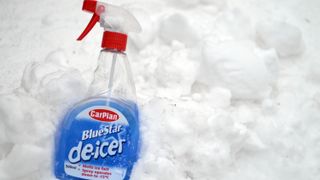
Another clever hack for removing snow without a snow blower is a DIY de-icer. In fact, this is easy and will take no time at all — using just water and a couple of household ingredients.
Simply mix a half-gallon of warm water with six drops of dish soap, and a quarter- cup of rubbing alcohol. Essentially, the alcohol has a lower freezing temperature than water, making this a key ingredient for your homemade de-icer. Then pour or spray the solution over snow and ice around your home to remove the build-up of snow or ice. Once this melts, sweep away the excess water to prevent new ice forming.
Failing that, you can pick up a ready-made, commercial de-icers at your local hardware or retailer. However, these tend to contain toxic chemicals, which can also be harmful to pets, wildlife and can damage concrete driveways and paths.
4. Spread sand or kitty litter over icy areas

Quite often, we’re surrounded by icy or slippery areas when shovelling snow, which can be dangerous and make the job harder. If you need more traction, simply spread a little sand or kitty litter over areas where you’ll be working.
The rough, gritty texture will provide much-needed traction, and should prevent you from slipping and falling over while shovelling snow.
5. Use a leaf blower for light snow
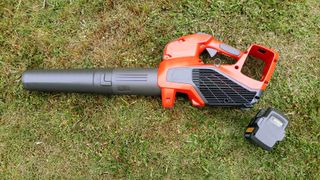
Depending on the type of leaf blower and amount of snow you get, a leaf blower can also work wonders for blowing away light, fluffy snow in smaller areas. In addition, it can easily tackle snow in small crevices or cracks that are difficult to reach with a conventional snow shovel or rake.
Although it’s not powerful enough to do the job of a snow blower, a leaf blower is still an efficient way to clear light snowfall from porches and walkways. Bear in mind though, that leaf blowers are not recommended for wet snow.
In any case, you can even use a leaf blower to clear fluffy snow from vehicles, mailboxes or your trash cans. What’s more, it would save you precious time putting in the work to shovel snow.
6. Invest in a back-saver attachment
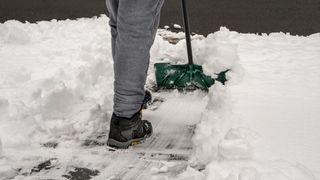
If you have mobility issues or simply tire of the back-breaking chore of shoveling snow, invest in a shovel attachment to make light work of removal. Essentially, these removable, long handles are designed to attach to your existing shovel, and allow better hand grip/position when removing snow or ice.
More importantly, these back-saver attachments will prevent back strain or any other injury caused by bad posture. There are several types of attachments on the market to suit your shovel and needs. Long attachments like this The Heft Plus Secondary Back Saver Handle ($19, Amazon), can also be attached to garden rakes, and other tools with a handle.
7. Cover the driveway
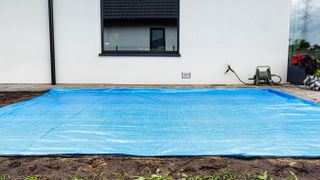
Just as you’d cover your car in tarpaulin, you can do the same for your driveway or paths ahead of snowfall. This will collect the snow for you, saving you the tedious chore of shovelling hardened snow before leaving the house.
Simply lay down a durable, plastic tarp to cover your porch, walkways and the driveway in anticipation of snow. Then once the snow stops, you can just pull the tarp away to uncover a clear path. Bear in mind, if you’ve experienced a heavy, wet snowfall then you might find your tarp will be heavy under the weight of the snow, so take extra care in slippery conditions.
8. Invest in a snow pusher
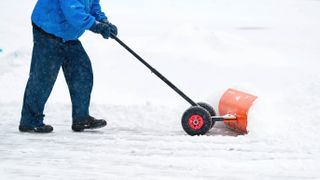
If you don't want the back breaking task of shovelling snow, why not invest in a snow pusher instead? These handy tools are designed to be pushed rather than lifted, to make clearing snow-laden paths easier.
Bear in mind, these work well in light snow conditions, however, might be challenging to tackle deep or compacted snow.
This essential tool consists of a wide blade shovel (36-inch wide), designed to easily shovel snow. With its sturdy 'tuff' brace support system and ergonomic, fiberglass handle, it will make lightwork out of heavy-duty shovelling.
9. Use a large broom
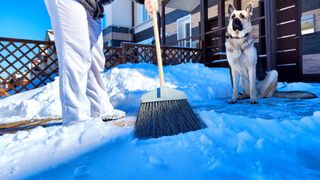
If you only have light snowfall, you can use an outdoor broom to quickly clear paths and walkways. These are easier to handle and sturdy enough to push a couple of inches of light snow at a time.
It's always best to use a hard-bristled broom to tackle larger areas like driveways and sidewalks and a smaller broom for steps, and smaller walkways.
More from Tom's Guide

As the Homes Content Editor, Cynthia Lawrence covers all things homes, interior decorating, and garden-related. She has a wealth of editorial experience testing the latest, ‘must-have’ home appliances, writing buying guides and the handy ‘how to’ features.
Her work has been published in various titles including, T3, Top Ten Reviews, Ideal Home, Real Homes, Livingetc. and House Beautiful, amongst many.
With a rather unhealthy obsession for all things homes and interiors, she also has an interior design blog for style inspiration and savvy storage solutions (get rid of that clutter!). When she’s not testing cool products, she’ll be searching online for more decor ideas to spruce up her family home or looking for a great bargain!
